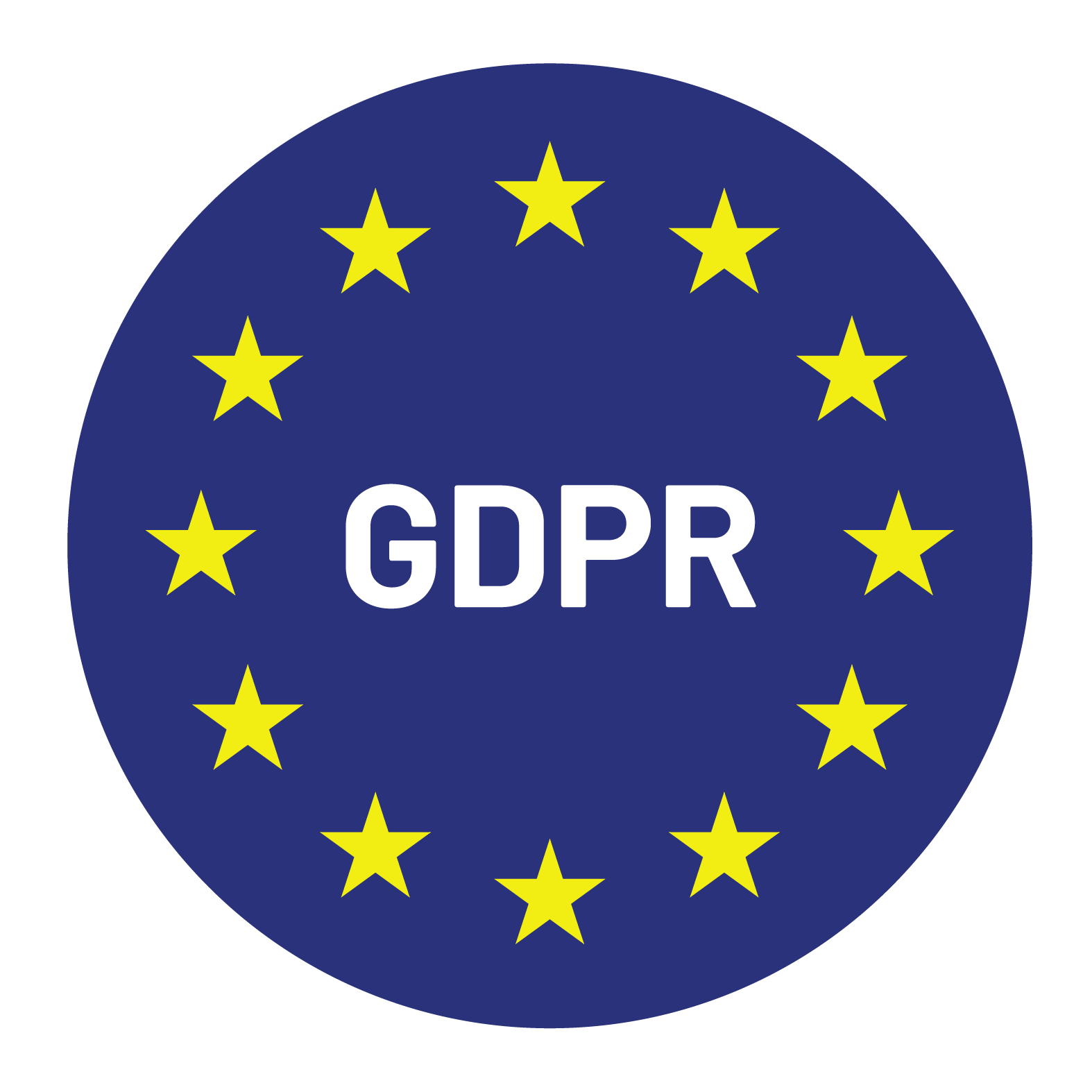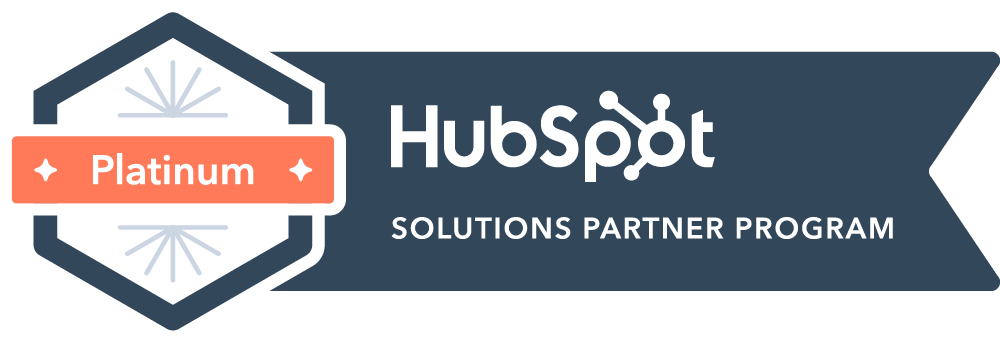


Content Writer for Whistle with multidisciplinary experience spanning over a decade.
Achieving sales growth involves so much more than just letting your product do the work or letting your potential customers come to you. Your organization’s outbound sales campaigns could be the difference between having a good year and a fantastic one. We take a look at how you can get the most out of your Outbound sales efforts and turn yourself into a deal-closing, target-smashing machine.
Outbound marketing is a proactive approach to reach potential customers by directly engaging with them through various outbound channels such as emails, cold calls, and targeted advertising. Unlike inbound marketing, which involves attracting prospects through content and online channels, outbound marketing takes the initiative to target specific individuals or companies. It focuses on identifying and reaching out to potential buyers who may not be actively searching for products or services. Through outbound marketing, businesses can introduce themselves, build brand awareness, and drive conversions by delivering personalized and relevant messages to their target audience.
Outbound marketing offers several benefits that can significantly impact a company’s growth.
Cost Effectiveness:
With outbound campaigns, businesses can connect with a wide audience without breaking the bank. By utilizing strategies such as cold emails and calls, companies can reach potential customers at a fraction of the cost compared to other marketing tactics.
Increased brand awareness:
By proactively reaching out to the target audience, businesses can establish a strong presence in the market. This helps to build trust and credibility, as well as increase the chances of being top-of-mind when potential customers are ready to make a purchase.
Targeted Reach:
With outbound campaigns, companies can carefully define their ideal customer profile and tailor their messaging accordingly. This precise targeting ensures that the right message reaches the right people, increasing the chances of generating high-quality leads.
Lead Generation and Conversions:
By proactively reaching out to potential buyers, businesses can generate a steady stream of qualified leads. This approach allows companies to have more control over their sales cycles and optimize the sales funnel to increase conversion rates.
There are several types of outbound campaigns that businesses can use to reach new audiences and generate interest in their brand. These campaigns are designed to proactively target potential customers and create awareness about products or services. Here are some common types of outbound campaigns:
– Cold Emails: Sending personalized emails to potential buyers who have not interacted with your brand before. These emails aim to capture attention, introduce the company’s offerings, and drive engagement.
– Cold Calls: Making unsolicited phone calls to potential customers to initiate a conversation and present the value proposition of the product or service. Cold calling allows for direct interaction and immediate feedback.
– Outbound Ads: Running targeted advertisements on various platforms, such as social media or search engines, to reach a wider audience. These ads can be tailored to specific demographics, interests, or behaviors to maximize reach and generate interest.
– Direct Mail: Sending physical mail, such as brochures, postcards, or catalogues, to potential customers. Direct mail allows for a tangible connection and can be effective in capturing attention and standing out from digital noise.
– Trade Shows and Events: Participating in industry-related trade shows and events to showcase products or services directly to potential customers. These events provide opportunities for face-to-face interactions and networking.
When it comes to outbound campaigns, one of the key factors determining their success is effectively targeting the right audience. By identifying and reaching out to the individuals or groups who are most likely to be interested in your product or service, you can maximize the impact of your campaign and increase your chances of generating qualified leads and conversions. Before launching your outbound campaign, it’s important to define your target audience by considering factors such as demographics, interests, and behaviors.
When it comes to outbound campaigns, identifying your ideal customer profile is crucial for success. By understanding your potential customers’ interests, pain points, and roles, you can tailor your messaging to resonate with them effectively.
One framework that can help in this process is the Jobs To Be Done (JTBD) framework. It involves understanding the specific needs and motivations of your customers. By identifying the job or task they are trying to accomplish, you can better position your product or service as a solution.
To create an ideal buyer persona, consider gathering demographic information such as age, gender, and location. It is also essential to delve deeper into their behaviors and preferences. Consider factors like their preferred communication channels, whether they prefer online or offline interactions, and their decision-making processes.
Developing a buyer persona is a crucial step in building successful outbound campaigns. It involves gathering and analyzing information about your target audience to create a detailed profile that represents your ideal customer.
To begin, conduct thorough research on your target audience. Identify their interests, pain points, and the role they play in their organization. This information will help you understand their needs and motivations.
Next, compile this information into a detailed buyer persona. Delve deeper into their behaviors and preferences. Consider factors like their preferred communication channels, whether they prefer online or offline interactions, and their decision-making processes.
Creating an ideal customer profile (ICP) is also essential during this process. It outlines the characteristics of your most valuable customers and serves as a guide for highly targeted prospecting. By aligning your outbound campaigns with your ICP, you ensure that your messaging is relevant and resonates with your ideal customers.
Researching prospective customers is a crucial step in creating successful outbound campaigns. By understanding their needs, behaviors, and preferences, you can tailor your messages and offers to resonate with them. Here are some tips on how to effectively conduct this research.
– Analyze website analytics: Utilize tools like Google Analytics to gain insights into your website visitors. Look at metrics such as traffic sources, page views, and bounce rates to understand which platforms and content are attracting your target audience.
– Leverage social media: Social media platforms provide a wealth of information about your audience. Monitor their interactions, comments, and discussions to gain insights into their interests, pain points, and preferences. Additionally, use social listening tools to track relevant industry keywords and trends.
– Conduct market research: Perform market research to gather data on your target audience and industry. This can involve surveys, interviews, or analyzing industry reports. Look for patterns, trends, and common pain points to refine your outbound campaigns.
– Gather demographic information: Understand the demographic details of your target audience, such as age, gender, location, and job title. This information helps you tailor your messaging and targeting effectively.
When it comes to outbound campaigns, one of the key factors determining success is the quality of leads. Spending time and resources on prospects who are genuinely interested in what you’re offering greatly increases the chances of conversion. That’s where lead qualifying comes into play.
Lead qualifying involves asking a series of questions to gauge someone’s level of interest and determine if they fit the criteria of a high-quality lead. By qualifying leads, you can prioritize your efforts and focus on those who are most likely to become customers.
Asking the right questions is crucial in lead qualifying. Some examples include:
– Budget: Understanding a prospect’s budget helps determine if they can afford your product or service.
– Purchase Timeline: Knowing when a prospect intends to make a purchase allows you to gauge their urgency and plan your approach accordingly.
– Other Options Considered: Asking about alternatives the prospect is considering helps you position your offering as the superior choice.
– Reasons for Interest: Finding out what specifically attracted the prospect to your product or service helps tailor your messaging and address their unique needs.
To effectively reach potential customers and maximize the success of your outbound campaigns, it is crucial to build a strong customer base. This involves understanding your customers and creating buyer personas based on past experience and data.
Start by thoroughly understanding your target audience. This includes their demographics, preferences, pain points, and motivations. By analyzing existing customer data and feedback, you can gain insights into the types of customers who are most likely to convert and become loyal customers. Use this information to create detailed buyer personas that represent your ideal customers.
In addition to understanding your own customer base, it’s also important to examine the sales approaches of your competitors. Research their outbound marketing strategies and identify any gaps or areas for improvement. This competitive analysis will help you differentiate your outbound campaigns and tailor your messaging to stand out.
Seek input from your existing customers. Conduct surveys or interviews to gather feedback about their experiences with your product or service. This valuable input can provide insights into what resonates with customers and help you refine your outbound campaigns.
Segment your lists based on where potential buyers are in the customer journey. This allows you to deliver targeted messages and offers that align with their specific needs and preferences. By customizing your outreach efforts, you can increase the effectiveness of your outbound campaigns and improve conversion rates.
Crafting effective outbound campaigns requires a strategic approach to reaching potential customers and generating qualified leads. By understanding your target audience and creating detailed buyer personas, you can tailor your messaging and offers to resonate with your ideal customers. It is also important to conduct a competitive analysis to identify areas for improvement and differentiate your campaigns. Gathering feedback from existing customers can provide valuable insights and help refine your outreach efforts.
Creating compelling content for your outbound campaigns is crucial for attracting and engaging your target audience. Well-crafted content can help establish credibility, address customer pain points, and showcase the value of your product or service.
To begin with, compelling content can capture the attention of potential customers and keep them interested in what you have to offer. By understanding your target audience and tailoring your content to their needs, you can effectively engage them and encourage them to take the desired action.
Moreover, creating content that addresses customer pain points demonstrates that you understand their challenges and have solutions to offer. By providing valuable insights and practical advice, you can establish yourself as an authority in your industry and build trust with your audience.
Different types of content can be utilized in your outbound campaigns to maximize your impact. For instance, blog posts can inform and educate your audience, while case studies can showcase how your product or service has helped previous customers. eBooks and whitepapers can provide more in-depth information, and videos can be engaging and visually appealing.
When it comes to outbound campaigns, writing effective cold emails and cold calls is crucial for capturing the attention of potential customers. Here are some best practices to keep in mind:
– Keep it short and personalized: Cold emails and calls should be concise and personalized to make a lasting impression. Craft a compelling subject line or opening statement that grabs the recipient’s attention and shows that you understand their needs.
– Offer something of value: To engage potential customers, provide something of value in your cold emails and calls. This could be a helpful resource, industry insights, or a special offer tailored to their specific needs. By offering value, you show that you are invested in their success and stand out from generic sales pitches.
– Schedule emails strategically: Timing plays a crucial role in the success of cold emails. Research the best times to reach your target audience and schedule emails to be sent at a convenient time for the recipient. This increases the chances of your email being opened and read, leading to better engagement and response rates.
Setting up an automated outbound campaign system can streamline your sales process and improve efficiency. Follow these step-by-step instructions to automate the process of searching, identifying, qualifying, and contacting potential customers:
– Define your ideal customer profile: Determine the characteristics and attributes of your target audience. This will help you identify potential customers who are more likely to convert.
– Use lead generation tools: Utilize lead generation tools like LinkedIn Sales Navigator, ZoomInfo, or Hunter.io to search for potential customers based on your defined criteria. These tools provide contact information and insights to help you identify high-quality leads.
– Qualify leads using automation: Implement lead scoring techniques to automatically assess the quality and relevance of leads. Use tools like HubSpot or Pardot to assign scores based on criteria such as job title, company size, or industry.
– Set up personalized email sequences: Craft personalized email sequences to engage potential customers. Tools like Outreach.io or Mailshake allow you to automate the sending of tailored emails based on lead qualification and segmentation.
– Monitor and analyze results: Regularly track key metrics such as open rates, response rates, and conversion rates. Analyze the data to refine your automated outbound campaigns and improve future targeting.
When running outbound campaigns, it is essential to track response rates and conversion rates to gauge the effectiveness of your outreach efforts. These metrics provide valuable insights into how well your campaigns are performing and can help you make data-driven decisions to optimize your strategies.
Response rates indicate the percentage of recipients who respond to your outreach, whether it be through email, cold calling, or other channels. This metric helps you understand the level of engagement and interest generated by your campaigns. Conversion rates, on the other hand, measure the proportion of leads that successfully convert into customers or take a desired action, such as signing up for a demo or making a purchase.
By monitoring these metrics, you can identify trends, patterns, and areas for improvement in your outreach strategies. For example, if you notice a low response rate, you may need to refine your messaging or adjust your target audience. Similarly, if your conversion rates are below expectations, you can analyze the sales process or the effectiveness of your value proposition.
To track response rates and conversion rates, you can use analytics tools like Google Analytics, HubSpot, or Salesforce. These platforms allow you to set up tracking systems and generate reports to measure the success of your campaigns. By analyzing the data, you can identify which strategies are generating the highest response and conversion rates, enabling you to optimize your outbound campaigns for better results.
Optimizing your outbound strategies is essential for maximizing your outreach efforts and achieving better results. By implementing effective tactics and techniques, you can increase the success of your outbound campaigns and improve your overall outbound sales performance.
– Define your target audience: Identify your ideal customer profile and create buyer personas to understand their needs, pain points, and motivations. This will help you tailor your messaging and reach out to the right people.
– Refine your messaging: Craft compelling and personalized messages that resonate with your target audience. Highlight the value and benefits your product or service offers, addressing their specific pain points.
– Use a multi-channel approach: Combine various outreach channels like cold emails, cold calls, social selling, and content marketing to increase your chances of reaching potential customers and engaging them effectively.
– Implement email sequencing: Develop well-planned email sequences to nurture leads and build relationships. Gradually escalate the level of engagement and personalization in each subsequent email, increasing the likelihood of a response.
– Continuously analyze performance: Regularly monitor response rates, conversion rates, and other relevant metrics to evaluate the effectiveness of your outbound strategies. Identify areas for improvement and make necessary adjustments to optimize your campaigns.
Outbound sales is an integral part of any organization’s sales success. Knowing who your target market is, how to approach them and how to win them over is all part of good outbound strategy.
Following these Whistle principles should give you an excellent footing towards closing your next deal. Book a meeting with one of our account executives to find out more.


© Copyright – Whistle 2023

An expert panel on best practices for selling software.